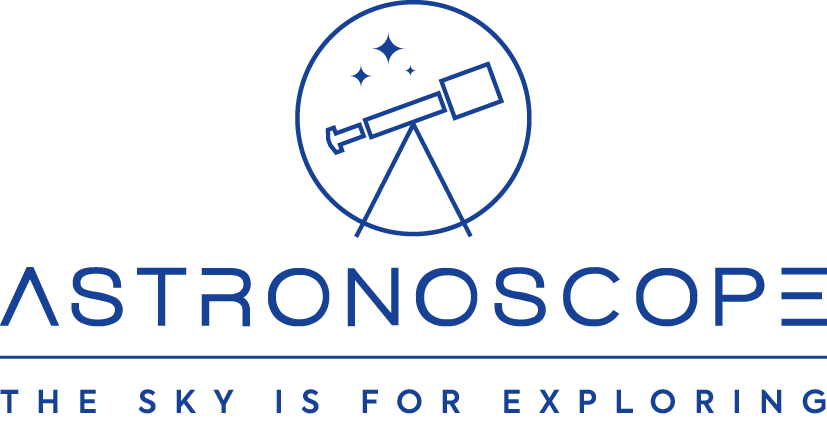- Home
- About
-
Telescopes
- Binoculars
-
Accessories
-
Guides
- Gift Cards
- Contact
January 24, 2022
With development taking over 25 years and at a cost of around $10 billion dollars, it is fair to say that the arrival of Webb at L2 orbit is the culmination of an epic journey, and the start of a new chapter in humanity’s quest for answers. At approximately 19:00utc today that journey will be complete. Now travelling at around 450 miles per hour, about the same as a commercial passenger aircraft, the spacecraft is preparing to perform the L2 Insertion Burn to place it into its L2 Halo orbit.
Since its launch on Christmas Day, the James Webb Space Telescope has completed all the deployment steps that turned it from a payload into the most advanced space telescope man has ever built.
Once Webb has achieved orbit, the process of moving mirrors in the micron and nanometer ranges to reach the final optical positions for an aligned telescope begins. The process of telescope alignment will take approximately three months.

|
Lagrange 2 (L2) is one of 5 points around the Earth’s orbit of the Sun where gravitational forces balance each other to allow a stable orbit of a spacecraft with minimal correction for an extended period. L2 is a point in space that shields Webb from the light of the Sun as the Earth is always between it and our local star. |
Webb’s planned mission time is five years, with a goal of ten years. The planned five-year science mission begins after a six-month commissioning phase.
As an L2 orbit is unstable, JWST needs to use propellant to maintain its halo orbit around L2, also called station-keeping, to prevent the telescope from drifting away from its orbital position. It is designed to carry enough fuel for 10 years, but the precision of the Ariane 5 launch and the first midcourse correction were credited with saving enough onboard fuel that JWST may be able to maintain its orbit for around 20 years instead.
We can only wonder at what this spacecraft discover in the next 10 to 20 years, but we don’t have much longer to wait to find out!
Just as the excitement of Comet Leonard begins to wane as it disappears forever, new visitors from deep space are approaching!
First up is Comet C/2021 O3. Discovered in July 2021, it will reach perihelion on 21 April and pass inside the orbit of Mercury approaching the Sun to within 26 million miles. If it survives its passage around the Sun it will make closest approach to Earth on 8 May at 50 million miles.
Predicting how bright comets will become is not an exact science, and we’re often surprised by how bright (or not) comets become. This comet is expected to reach mag 6 or better in early May, which will mean it will be visible with binoculars and may even reach naked eye brightness, but this is less likely. It will be low in the North-western sky after sunset in the constellation Perseus.
Like C2021/03, this was also discovered via the PanSTARRS survey instrument in 2017. The comet, designated C/2017 K2, was located between the orbits of Saturn and Uranus when discovered at 16AU, or 1.5 billion miles from the Sun. It is estimated to be between 18 and 100 miles in diameter, although the Hubble Space Telescope indicates a smaller nucleus of around 11 miles. Even if Hubble is correct, this means that this comet is twice as big as Mount Everest!
The thing that makes this comet unusual is the fact that when it was discovered, it already showed evidence of activity and outgassing, and had already developed a huge cometary atmosphere or coma over 80,000 miles across, that 10 times the size of Earth, and almost as big as Jupiter. This level of activity is not normally observed until the comet is much closer to the sun……. In September 2020 it was observed to have developed a tail over 500,000 miles long.
Currently the Comet is around 460 million miles from Earth, just under 5AU near the constellation Ophiuchus and gradually getting closer and it should become visible to small telescopes in late May or early June of 2022 and will be visible for northern hemisphere observers for around 4 months until mid-September when it crosses into southern skies.
This comet is expected to become bright enough to see with the naked eye and will make closest approach to Earth on 14 July passing at 1.8AU or 168 million miles. It will reach perihelion on 19 December 2022, close to the orbit of Mars.

June 09, 2022
January 13, 2022
January 06, 2022
